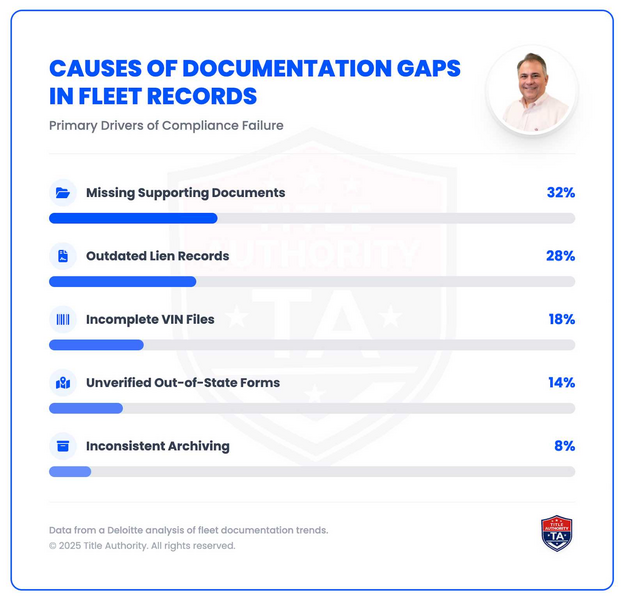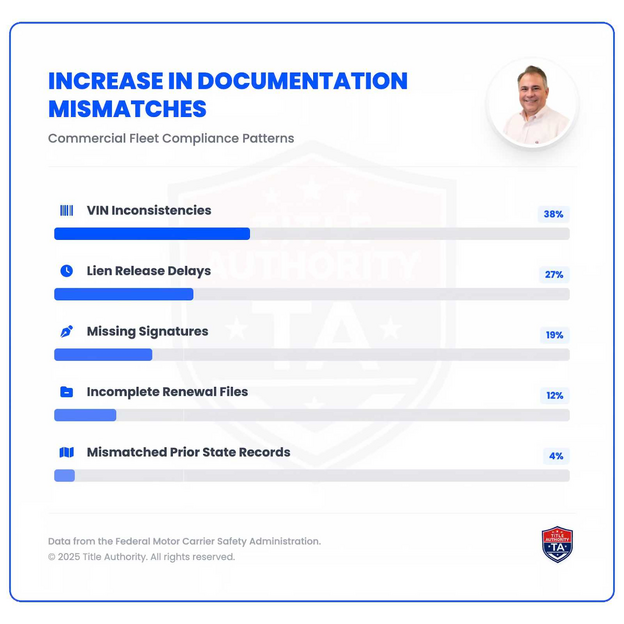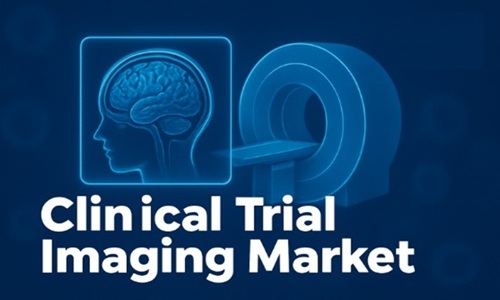
Accidents can happen in an instant — a car crash, a fall, or even a workplace mishap — and while some injuries are immediately visible, others may take hours, days, or even weeks to reveal themselves. Hidden injuries can be just as dangerous, if not more so, than those that are immediately apparent. Recognizing and addressing these injuries early can make the difference between a full recovery and long-term complications.
In this guide, we’ll explore common hidden injuries, why they occur, how to identify them, and what steps you should take after an unexpected accident to protect your health and legal rights.
Understanding Hidden Injuries
After an accident, your body releases adrenaline and endorphins — natural chemicals that mask pain and help you function during a crisis. While this response can be beneficial in the moment, it can also hide the symptoms of serious injuries. This is why many people walk away from an accident feeling “fine,” only to experience pain or discomfort hours later.
Hidden injuries often involve internal damage, soft tissue trauma, or neurological effects that aren’t immediately visible. It’s crucial to seek medical attention promptly, even if you feel okay, to detect these injuries early.
Common Hidden Injuries After an Accident
1. Whiplash and Soft Tissue Damage
One of the most frequent hidden injuries from car accidents is whiplash. This occurs when the neck is suddenly forced back and forth, damaging the muscles, ligaments, and tendons. Symptoms — such as neck pain, stiffness, headaches, or dizziness — may not appear for 24 to 48 hours.
Soft tissue injuries can also occur in the shoulders, back, or knees, leading to persistent soreness, limited motion, or swelling. Without proper diagnosis and treatment, these injuries can worsen over time.
2. Concussions and Traumatic Brain Injuries
Even minor head trauma can result in a concussion or mild traumatic brain injury (TBI). You don’t need to lose consciousness to suffer a concussion. Symptoms like confusion, blurred vision, nausea, or memory issues might develop gradually.
Untreated brain injuries can lead to long-term cognitive and emotional problems, making early medical evaluation critical.
3. Internal Bleeding and Organ Damage
Internal bleeding is one of the most dangerous hidden injuries because it can progress rapidly without obvious external signs. Symptoms may include abdominal pain, bruising, dizziness, or fainting. Internal organ damage can be life-threatening if not identified quickly through imaging tests and professional assessment.
4. Back and Spinal Cord Injuries
Spinal injuries might start as mild discomfort but can progress into chronic pain, numbness, or paralysis if left untreated. Herniated discs, compressed nerves, or vertebral fractures often present delayed symptoms.
A spinal examination and MRI scan can help identify these injuries early, preventing permanent complications.
5. Psychological Trauma
Not all hidden injuries are physical. Many accident victims experience post-traumatic stress disorder (PTSD), anxiety, or depression after an accident. Emotional distress can interfere with daily life and delay physical healing. Counseling and therapy can be crucial parts of the recovery process.
Why Hidden Injuries Are Dangerous
Delayed Symptoms Can Mislead You
Because hidden injuries often emerge gradually, victims may underestimate their severity. Ignoring symptoms or delaying treatment can lead to chronic pain, mobility issues, or secondary complications.
Insurance and Legal Implications
Failing to document injuries promptly can also impact personal injury claims. Insurance companies may argue that delayed symptoms indicate unrelated or minor issues, reducing your compensation. Immediate medical documentation strengthens your legal position.
Long-Term Health Effects
Undiagnosed internal injuries, concussions, or spinal damage can cause permanent impairment. Early intervention is key to minimizing lasting consequences and ensuring a smoother recovery.
Steps to Take After an Unexpected Accident
1. Seek Immediate Medical Evaluation
Even if you feel fine, visit a healthcare provider immediately. Emergency room doctors and urgent care physicians can perform imaging tests and physical exams to identify hidden injuries.
Keep all medical records, prescriptions, and diagnostic reports — they’re essential for insurance claims and legal proceedings.
2. Monitor Your Symptoms Closely
Watch for symptoms such as persistent headaches, dizziness, stiffness, fatigue, or bruising. Keep a journal documenting when symptoms appear and how they progress. This helps medical professionals identify underlying issues more accurately.
3. Follow Up With Specialists
Depending on your symptoms, your doctor may refer you to a neurologist, chiropractor, or physical therapist. Following through with these appointments ensures your injuries are fully evaluated and treated.
4. Protect Your Legal Rights
If your accident was caused by someone else’s negligence — whether a reckless driver or unsafe conditions — you may be entitled to compensation for medical expenses, lost wages, and pain and suffering.
Consulting an experienced injury attorney ensures that your rights are protected and that you receive the full compensation you deserve. For example, you can contact Jason Stone Injury Lawyers for professional guidance and support throughout the claims process.
Medical Documentation and Legal Claims
Accurate documentation is the backbone of a successful personal injury case. Always keep copies of:
Medical reports and imaging scans
Prescription records
Therapy and rehabilitation notes
Witness statements or police reports
Your attorney will use these records to build a case that demonstrates the extent of your injuries and their impact on your daily life. If you’re looking for additional legal resources, you can explore professional profiles to learn more about qualified personal injury lawyers in your area.
How Early Diagnosis Improves Recovery
Prompt detection allows for tailored treatment plans and prevents complications. Physical therapy, medication, and rest are often effective when injuries are caught early. In severe cases, surgery may be required — and the earlier it’s performed, the better the outcome.
Delayed diagnosis, on the other hand, can turn minor injuries into long-term disabilities. This not only affects your physical health but can also lead to emotional and financial strain.
Understanding Legal Rights After an Accident
The Role of Personal Injury Law
Personal injury law is designed to protect individuals harmed by another party’s negligence. It covers a wide range of accidents — from car crashes to slip-and-fall incidents — and provides victims with the right to seek compensation for both physical and emotional damages.
If you’d like to learn more about how personal injury claims work, resources like Justia’s injury law center provide valuable insights into the legal process, including how to file a claim and what types of damages you can recover.
Working With a Legal Professional
An experienced lawyer can handle negotiations with insurance companies, gather evidence, and ensure you don’t accept an unfair settlement. Legal professionals understand the complexities of injury law and know how to calculate the true cost of medical care, lost income, and future needs.
Conclusion
Hidden injuries are a serious concern after any unexpected accident. While visible wounds may heal quickly, internal or delayed symptoms can pose lasting threats to your well-being. By seeking medical evaluation immediately, monitoring symptoms, and consulting with an experienced injury attorney, you can protect both your health and your rights.
Remember — acting quickly and documenting everything gives you the best chance at recovery and fair compensation. Whether dealing with physical pain or emotional trauma, professional support can make all the difference in restoring your quality of life.




















